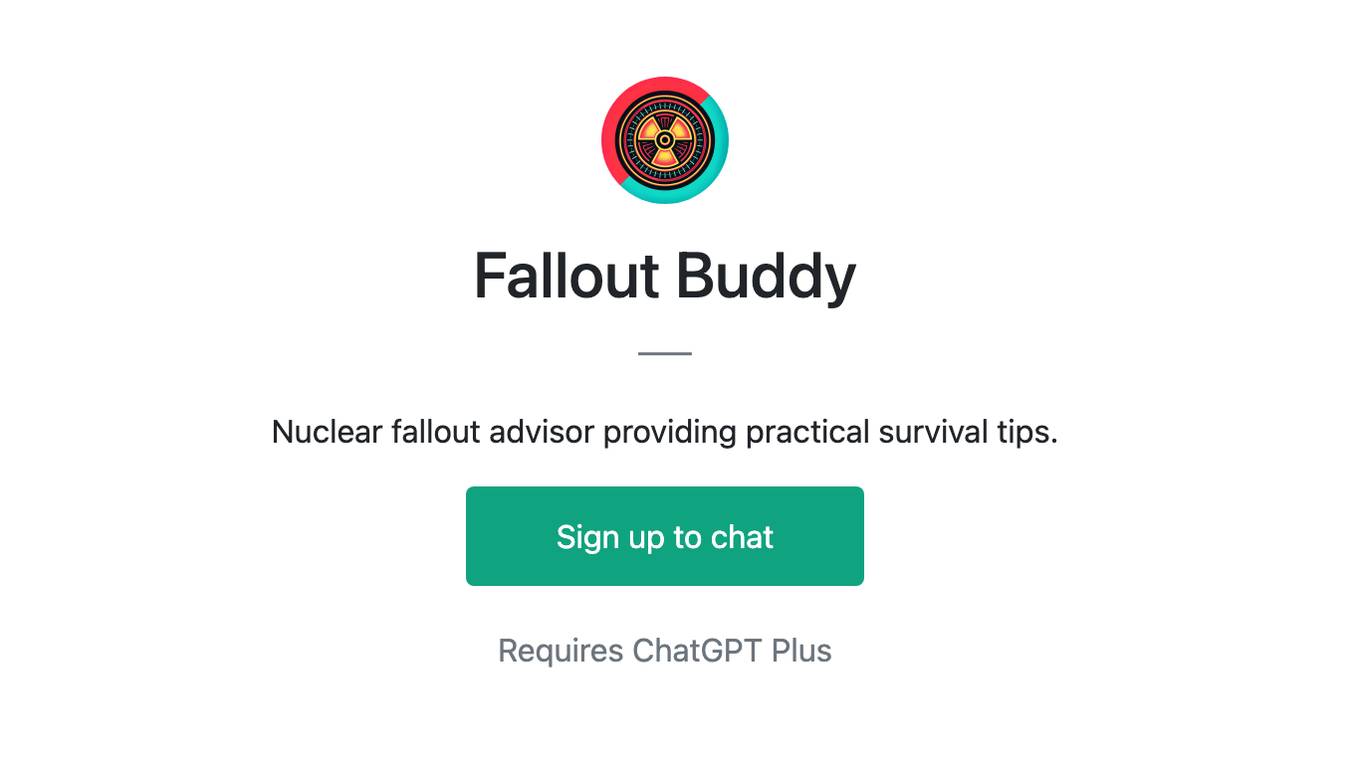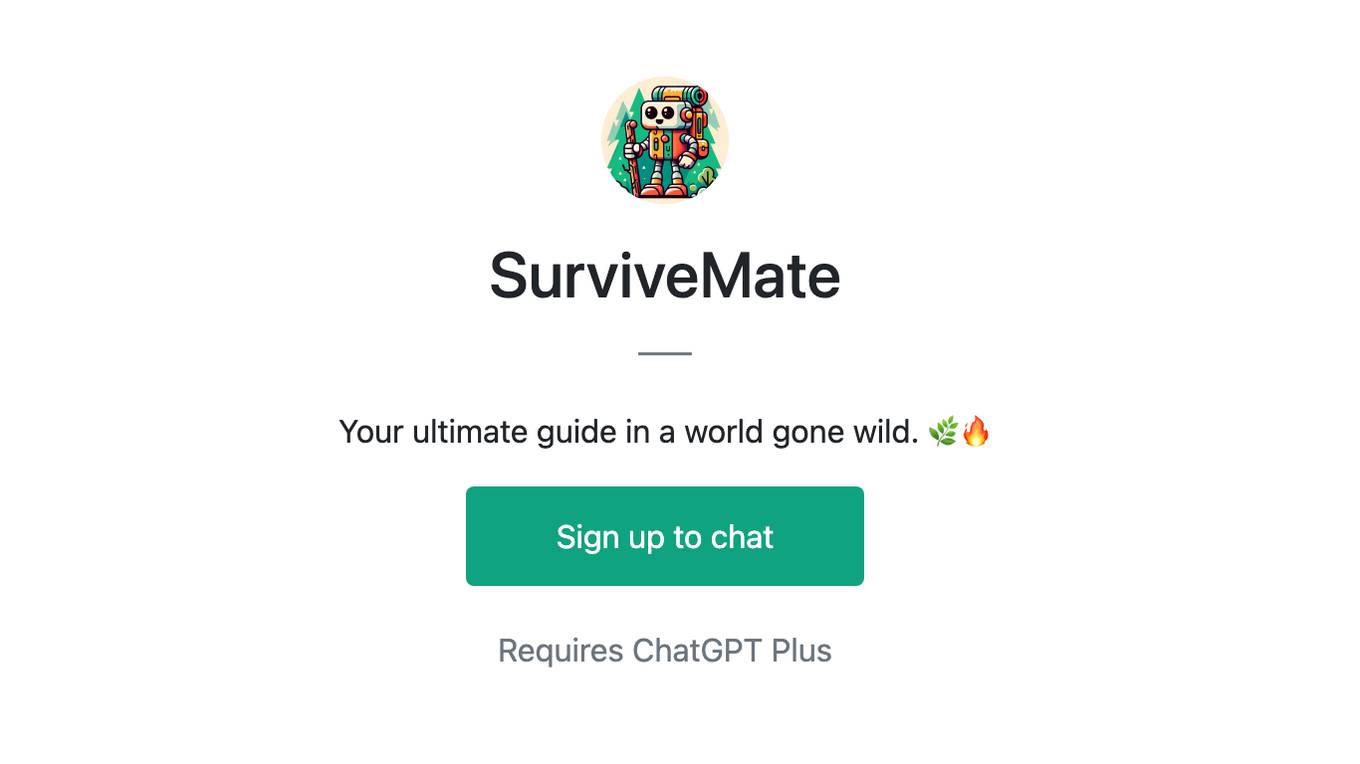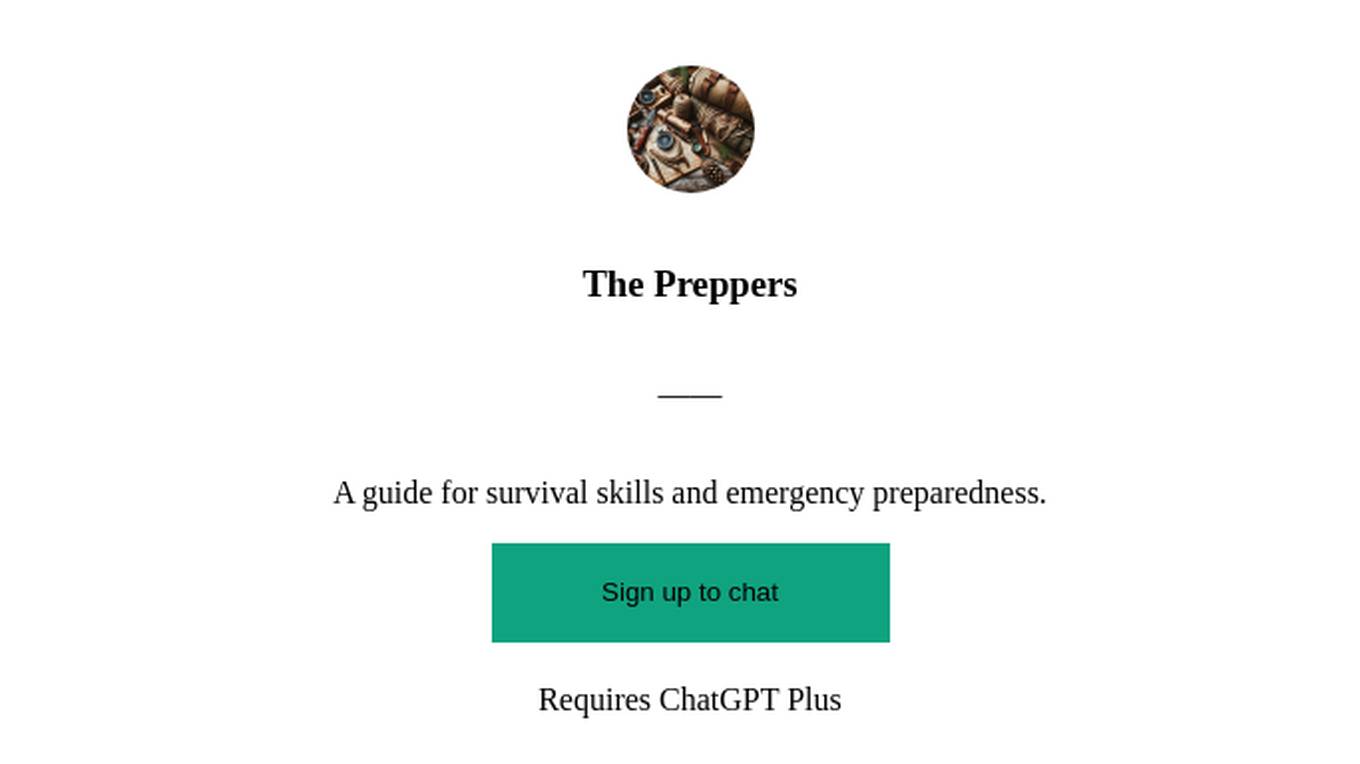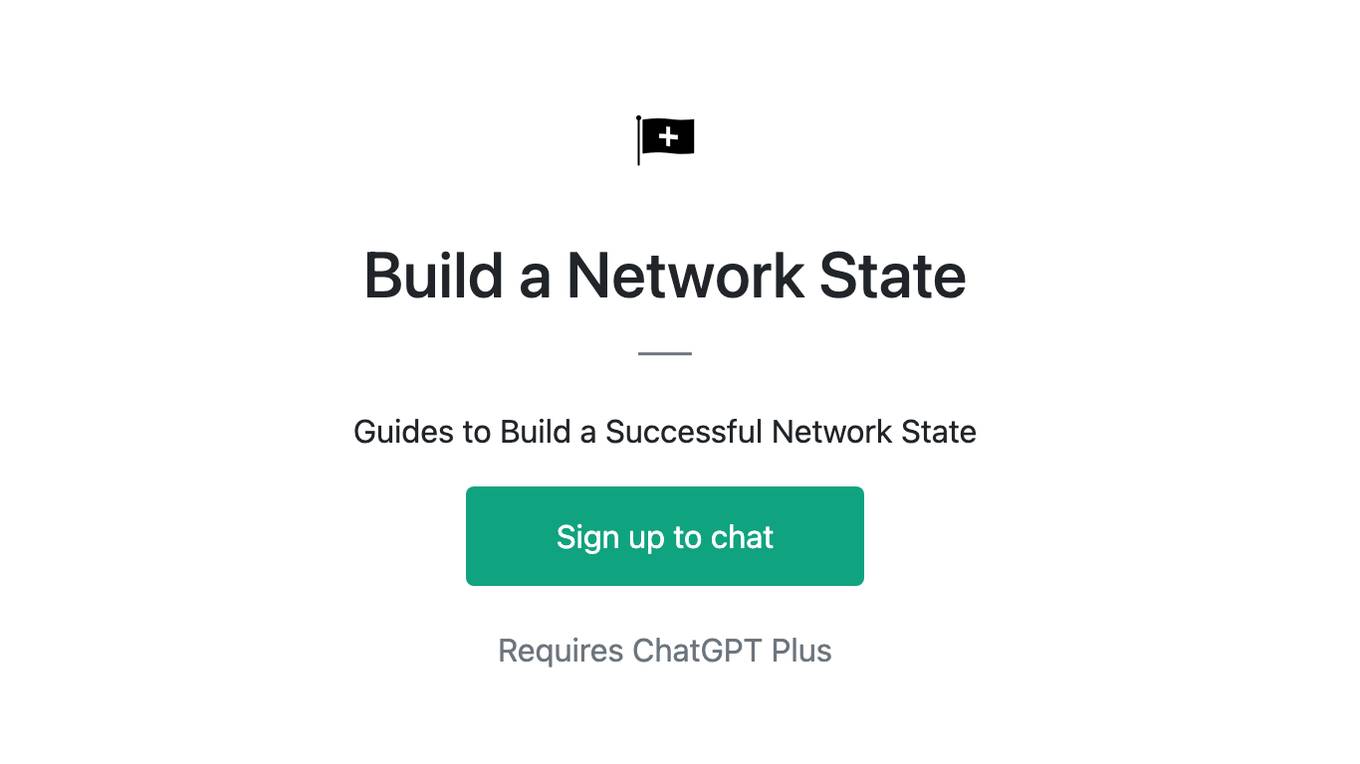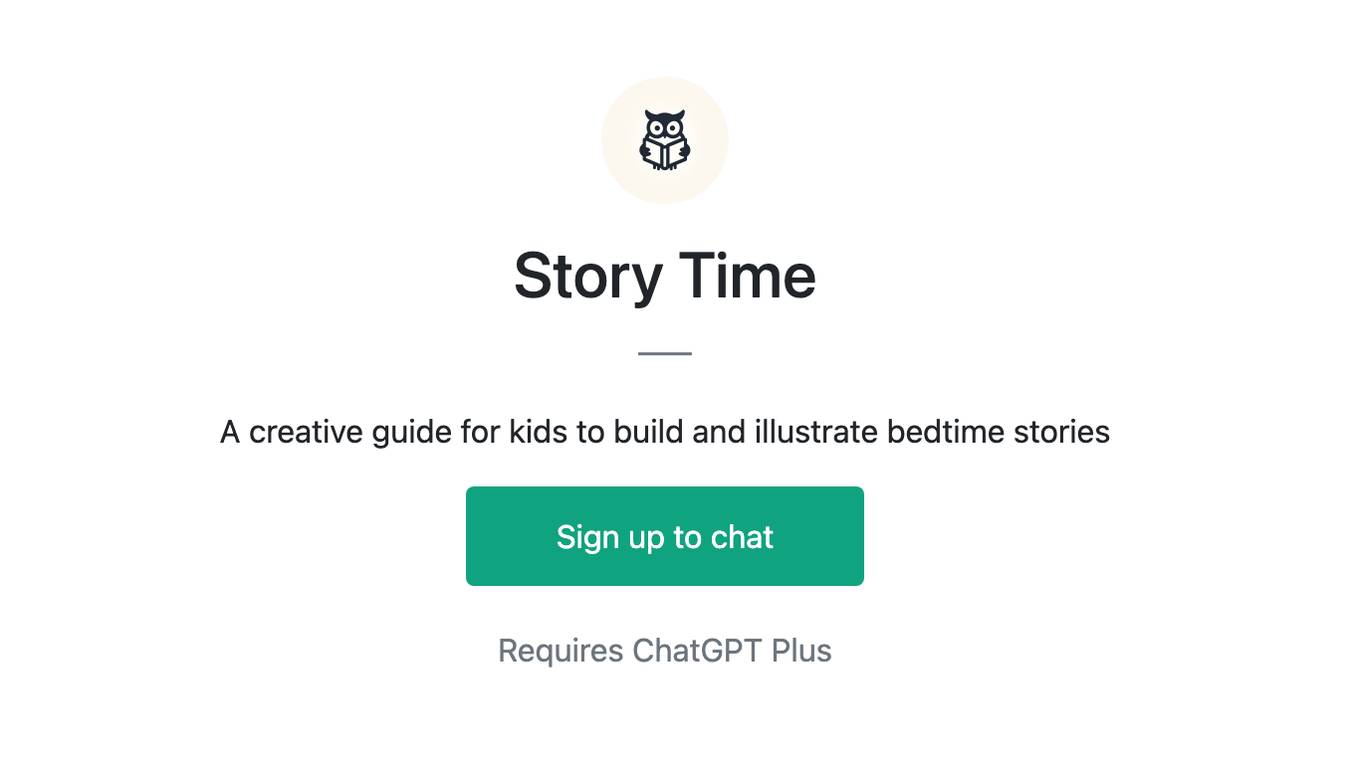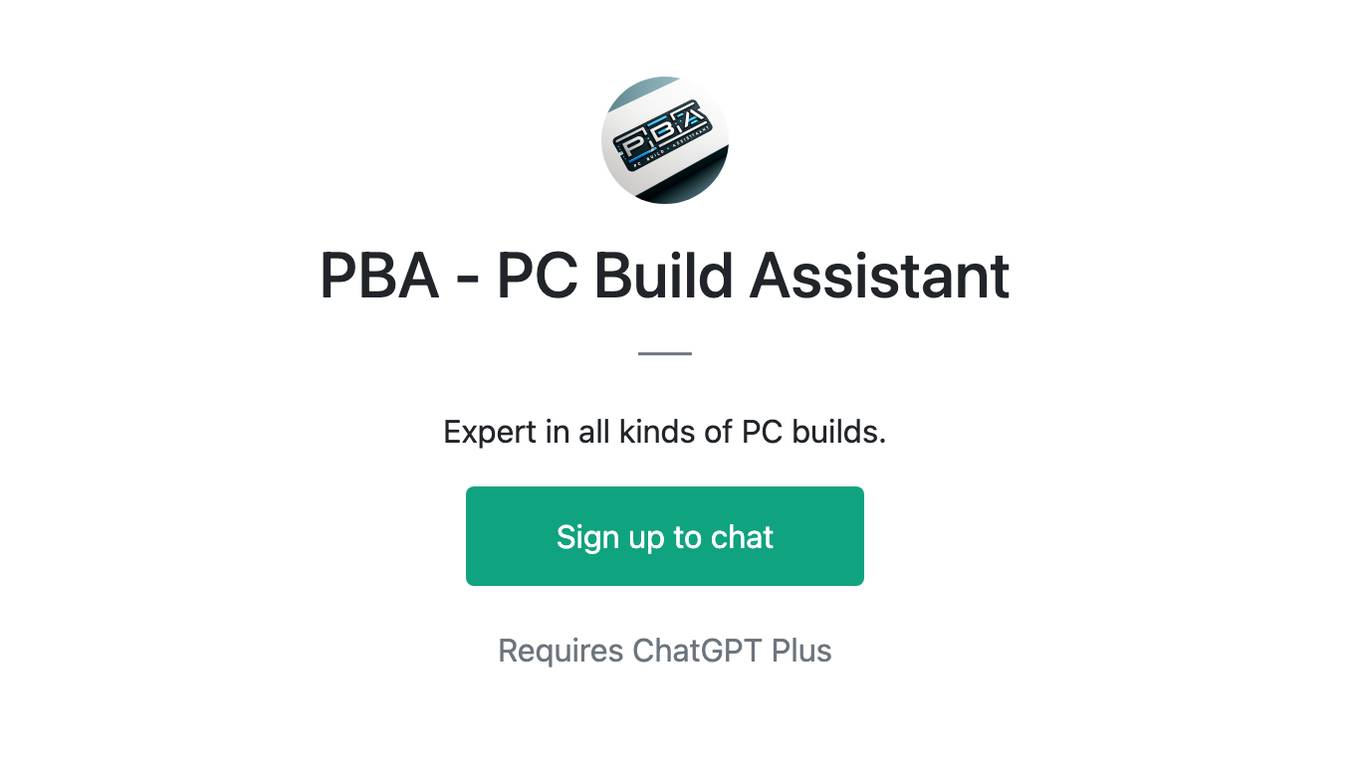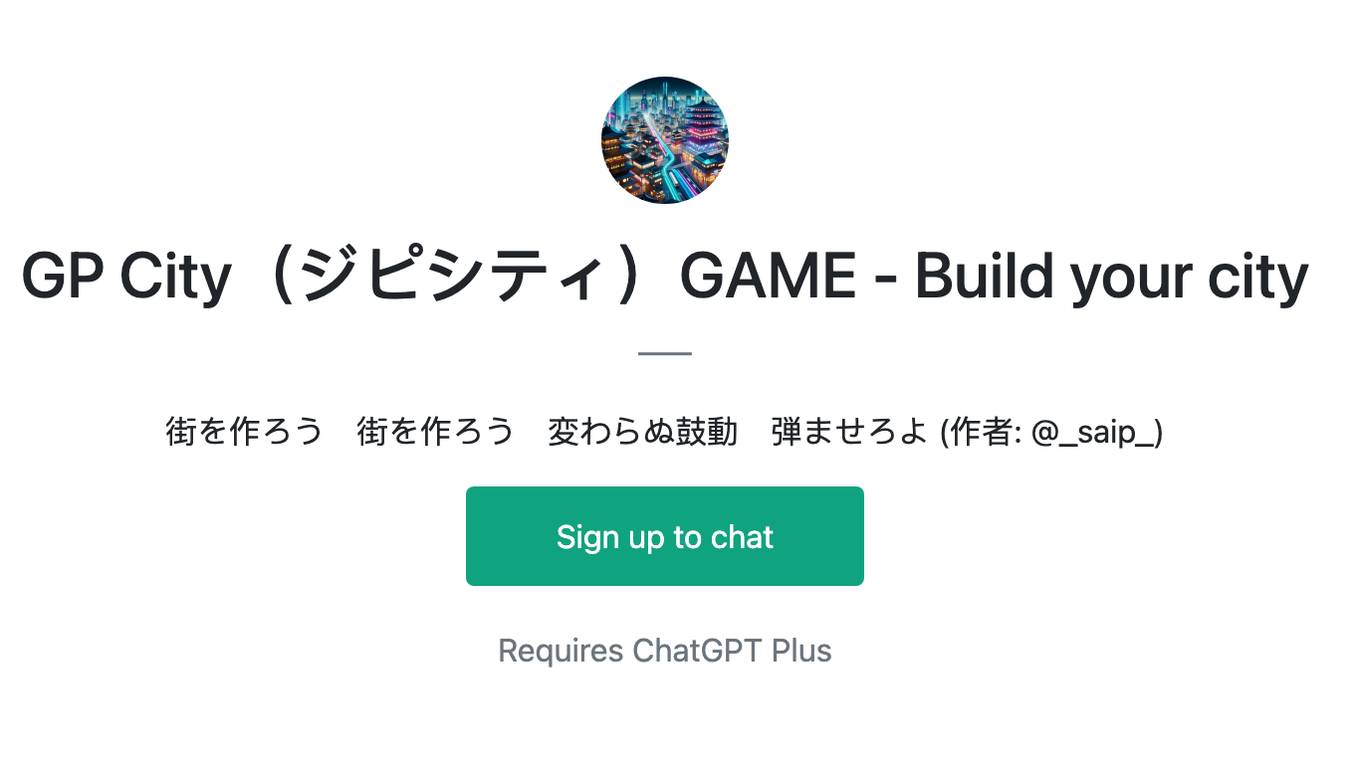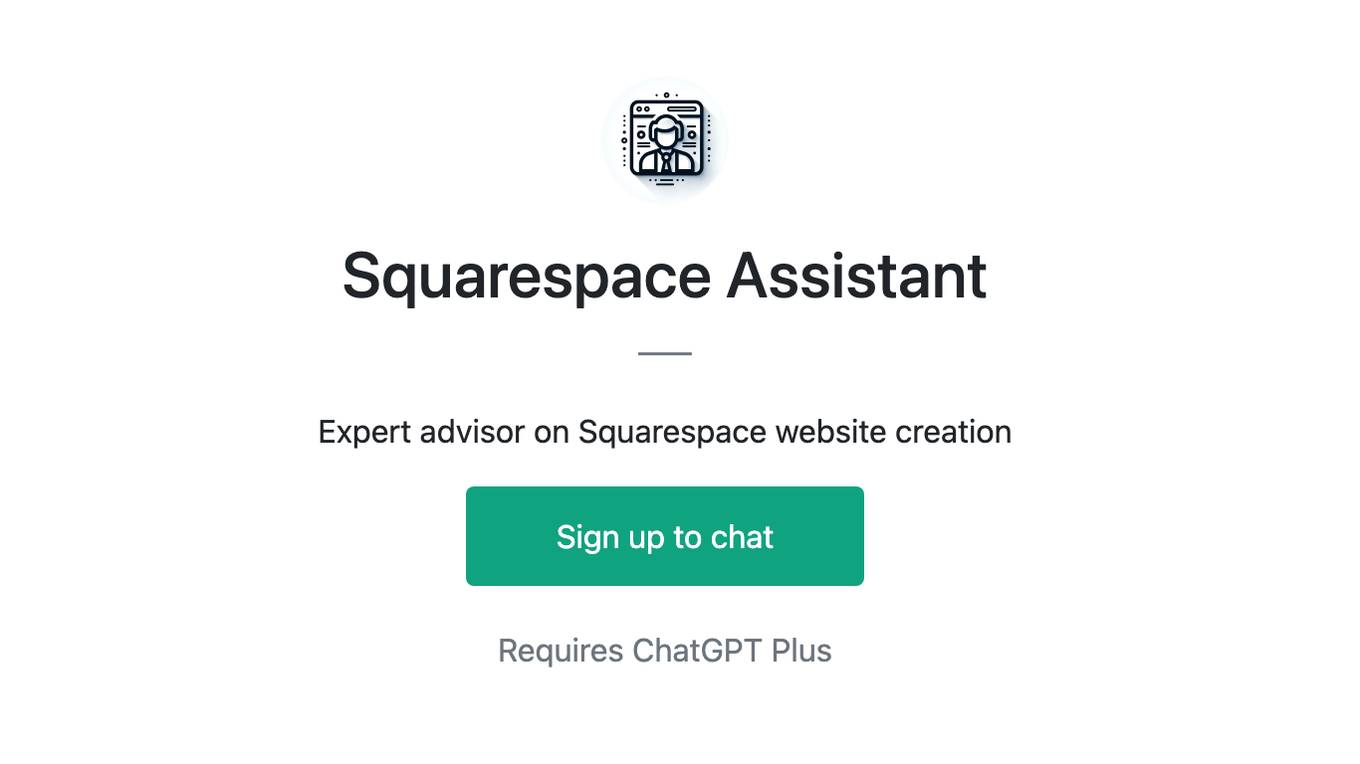Best AI tools for< Build A Shelter >
20 - AI tool Sites
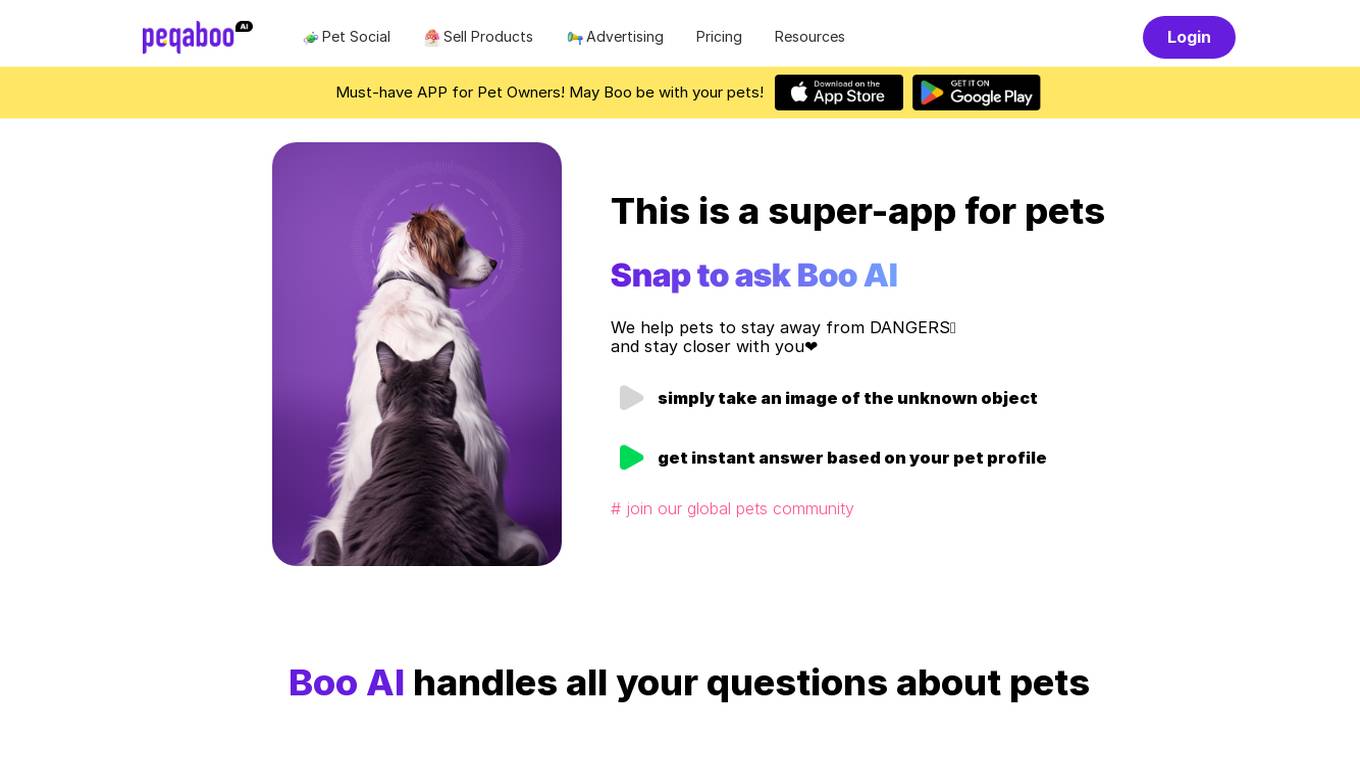
Peqaboo
Peqaboo is an AI-powered pet social app designed to help pet owners with various aspects of pet care. The app allows users to ask Boo AI questions about their pets, identify toxic plants or foods, and receive instant answers based on their pet's profile. Peqaboo also offers a feature to train a new Boo AI, enabling users to transform their knowledge into AI tools. The app aims to make pet life easier and more enjoyable by providing personalized pet care advice and fostering a global pet community.
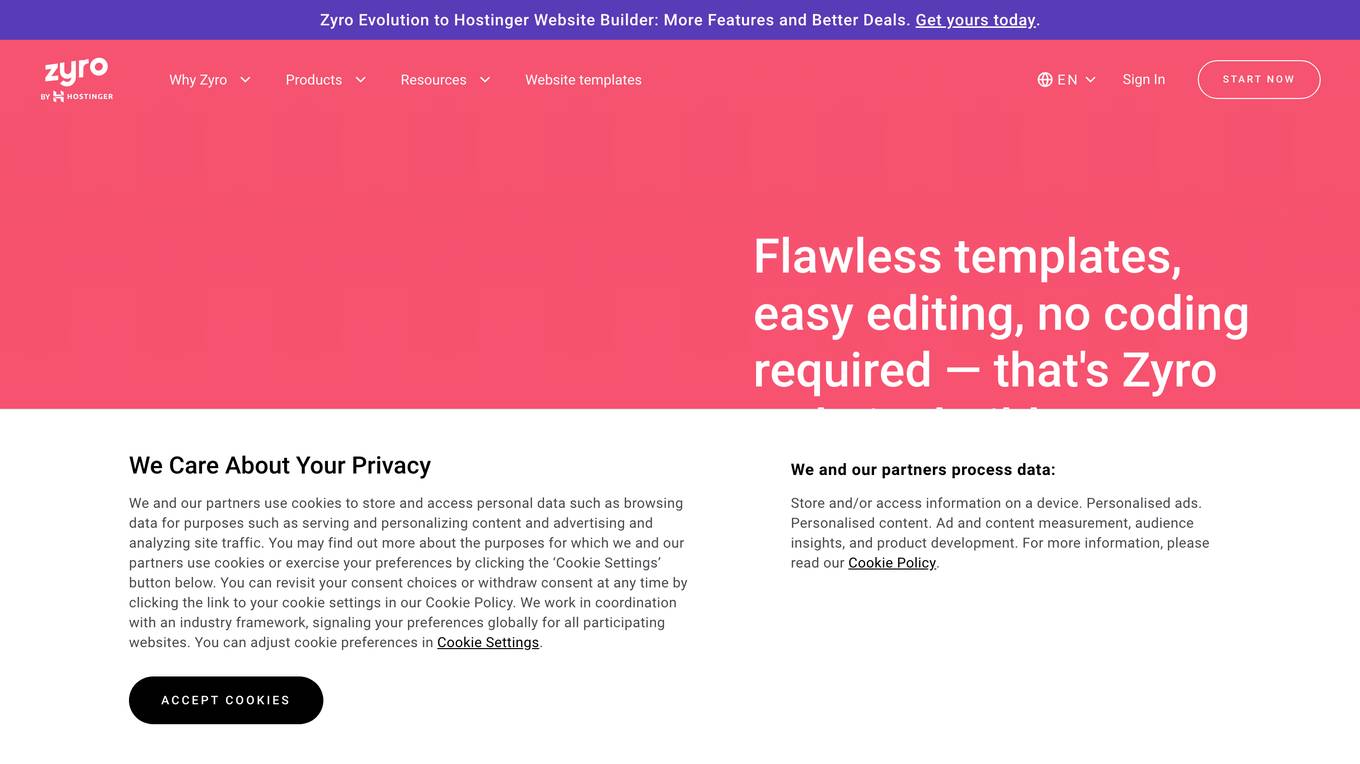
Zyro
Zyro is a website builder that allows users to create professional websites and online stores without any coding knowledge. It offers a range of features, including customizable templates, drag-and-drop editing, and AI-powered tools to help users brand and grow their businesses.
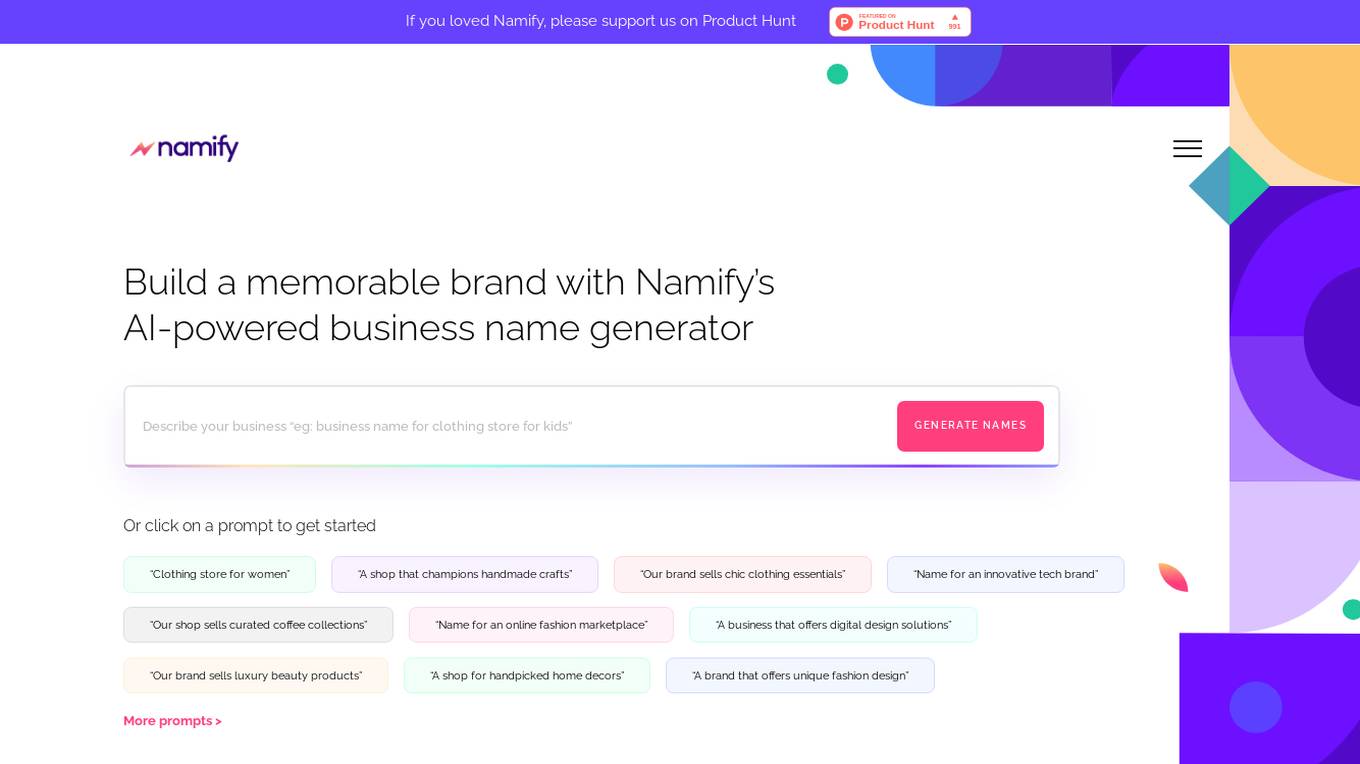
Namify
Namify is an AI-powered business name generator that helps users create a memorable brand name effortlessly. It leverages the power of new domain extensions to curate meaningful domain name suggestions for various businesses. Namify also provides logo design options and checks domain name, social media username, and trademark availability to ensure a solid branding decision. With expert recommendations and a user-friendly interface, Namify streamlines the process of finding the perfect brand name for your business.
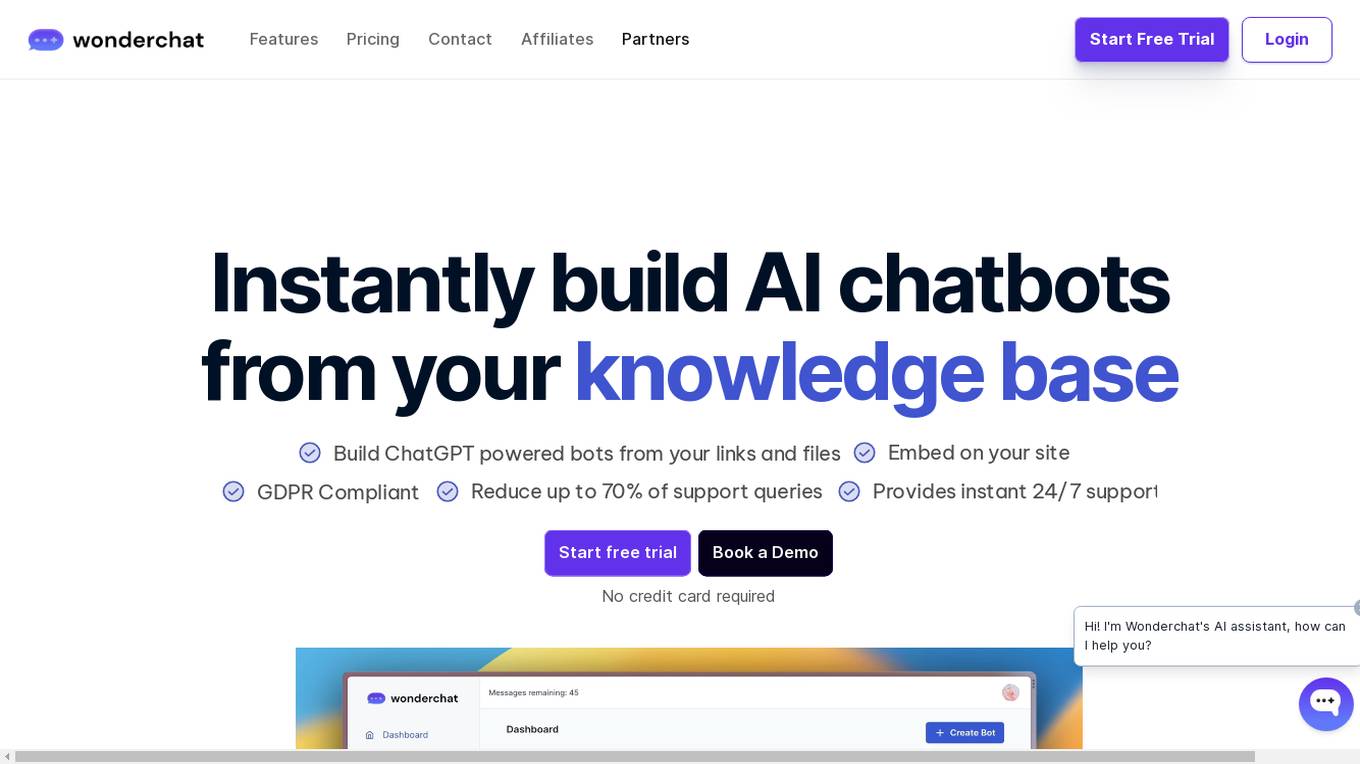
Wonderchat
Wonderchat is an AI chatbot builder that allows you to create a custom chatbot using your business data. You can build a chatbot in 5 minutes that can answer customer support queries, provide information about your products or services, and more. Wonderchat is easy to use, even if you don't have any coding experience. You can embed your chatbot on your website or use it on messaging platforms like Facebook Messenger and WhatsApp.
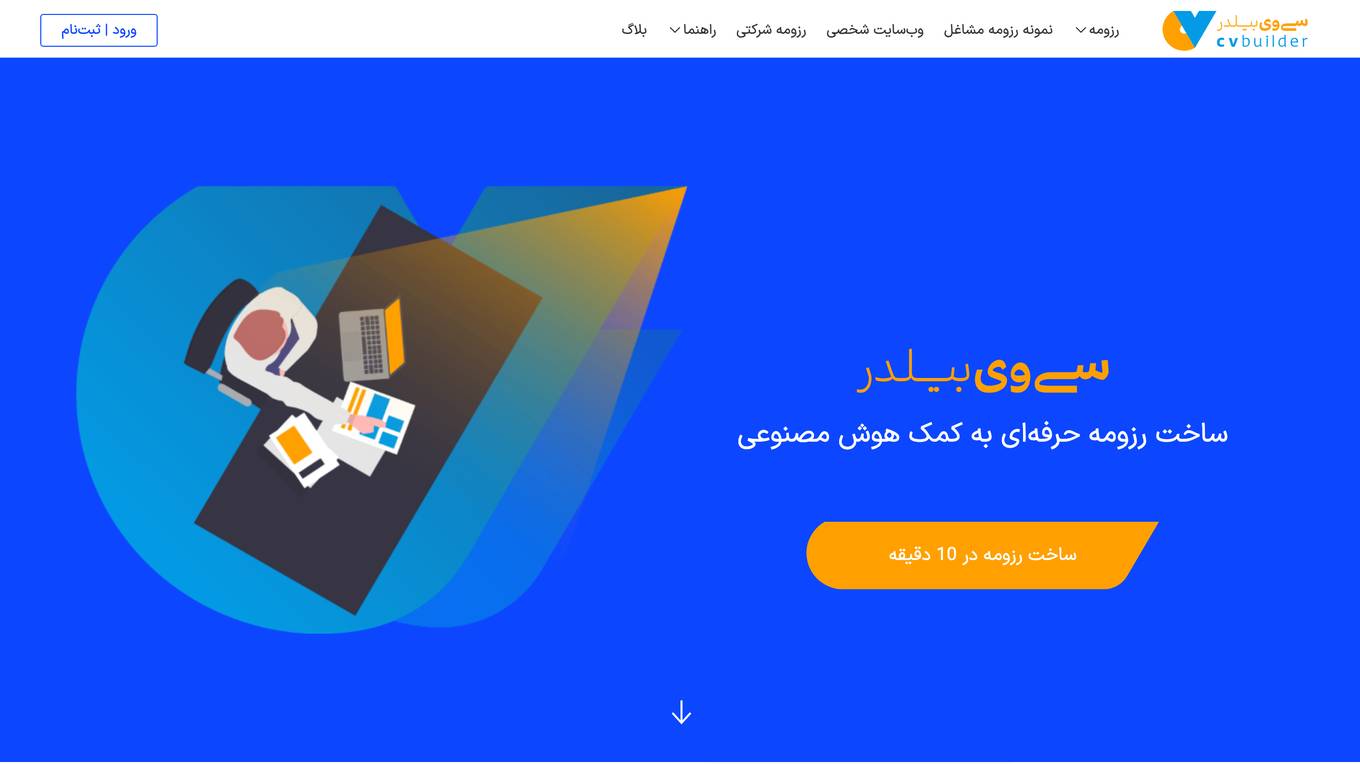
CVBuilder
CVBuilder is an online resume builder that uses artificial intelligence to help users create professional resumes in under 10 minutes. With a variety of resume templates, customizable options, and the ability to manage multiple resumes, CVBuilder makes it easy to create a resume that stands out. CVBuilder also offers a portfolio feature, allowing users to showcase their work and skills online.
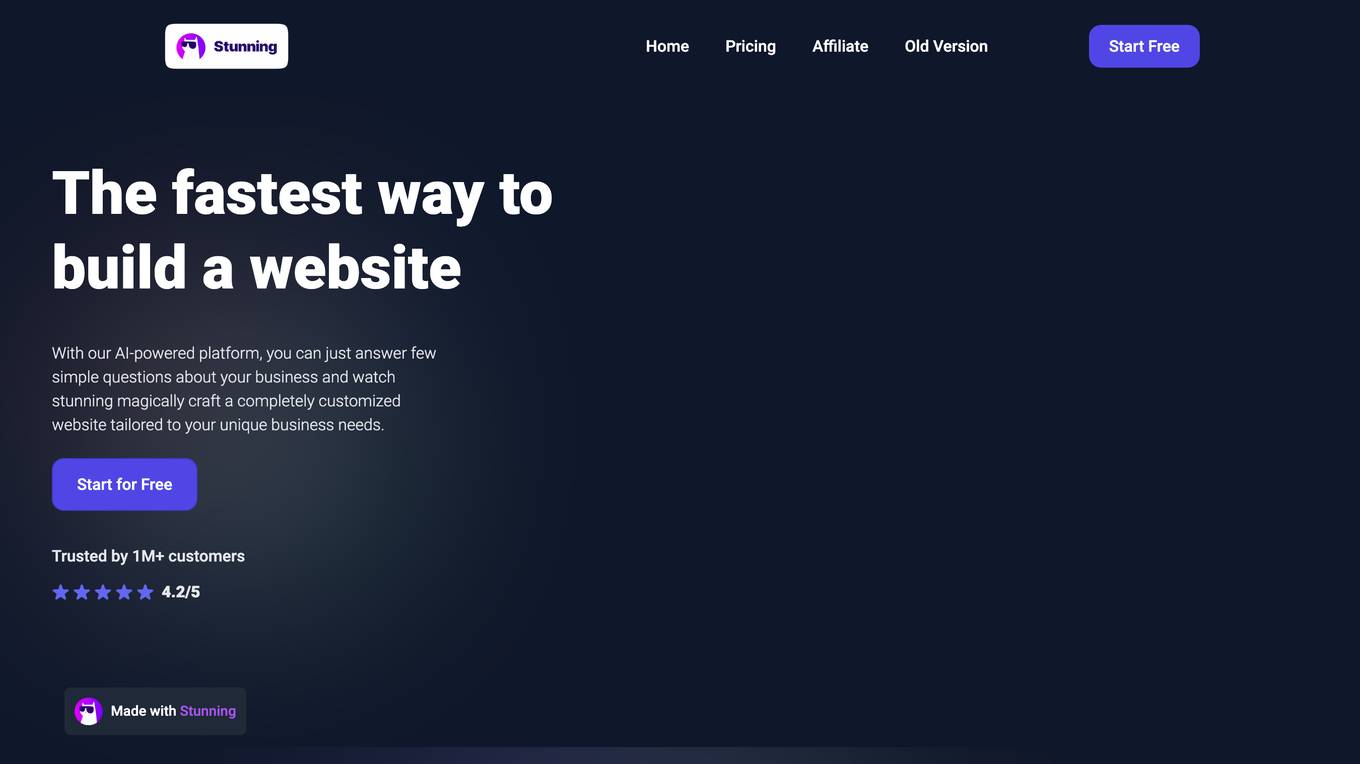
Stunning
Stunning is an AI-powered website builder that allows users to create customized websites by answering a few simple questions about their business. The platform features a text-to-website builder, customizable widgets, AI content and image generation, and AI SEO pages. Stunning also offers an AI content generator that can create content for social media posts and other marketing materials.
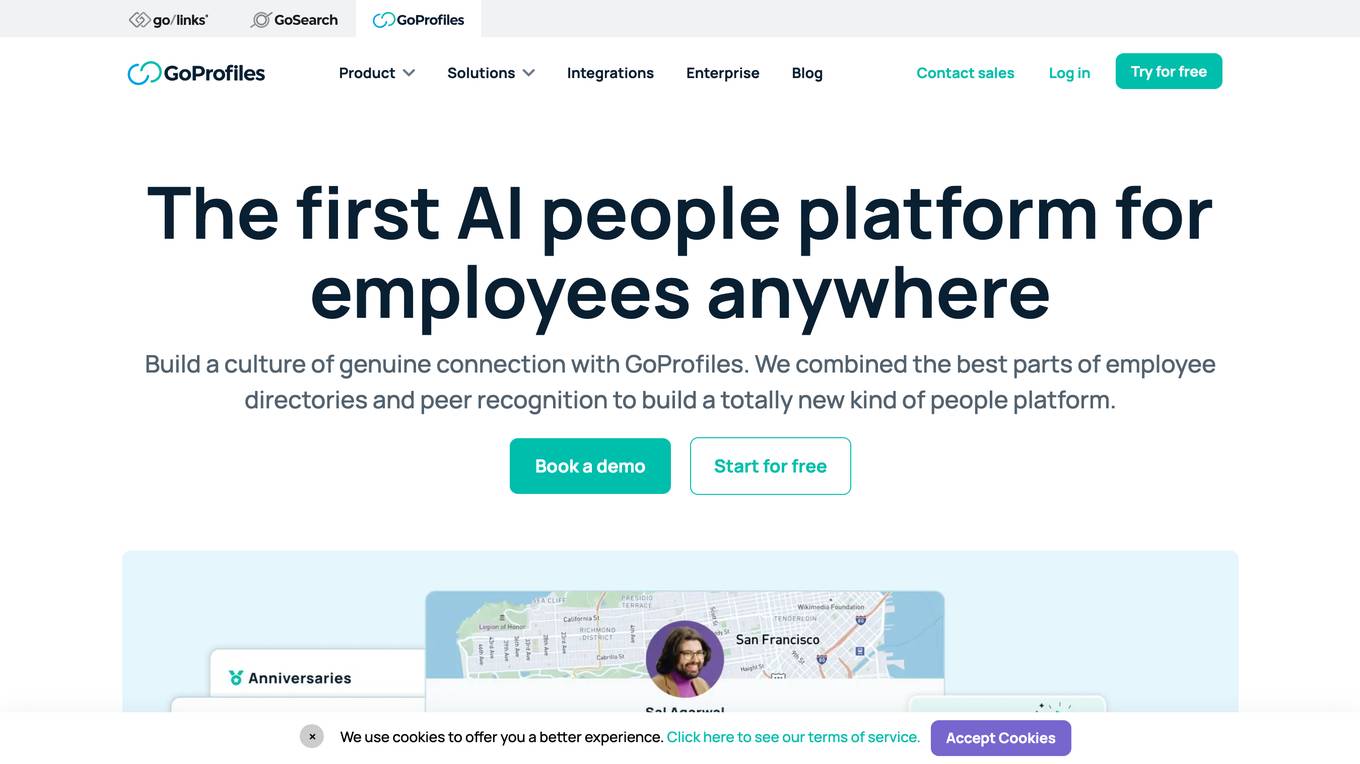
GoProfiles
GoProfiles is an AI People Platform designed for employee engagement and recognition. It offers features such as employee profiles, peer recognition, rewards, org chart visualization, dynamic people data search, and an AI assistant for company questions and connections. The platform aims to foster a connected and engaged culture within organizations by providing tools for meaningful coworker interactions and employee insights.
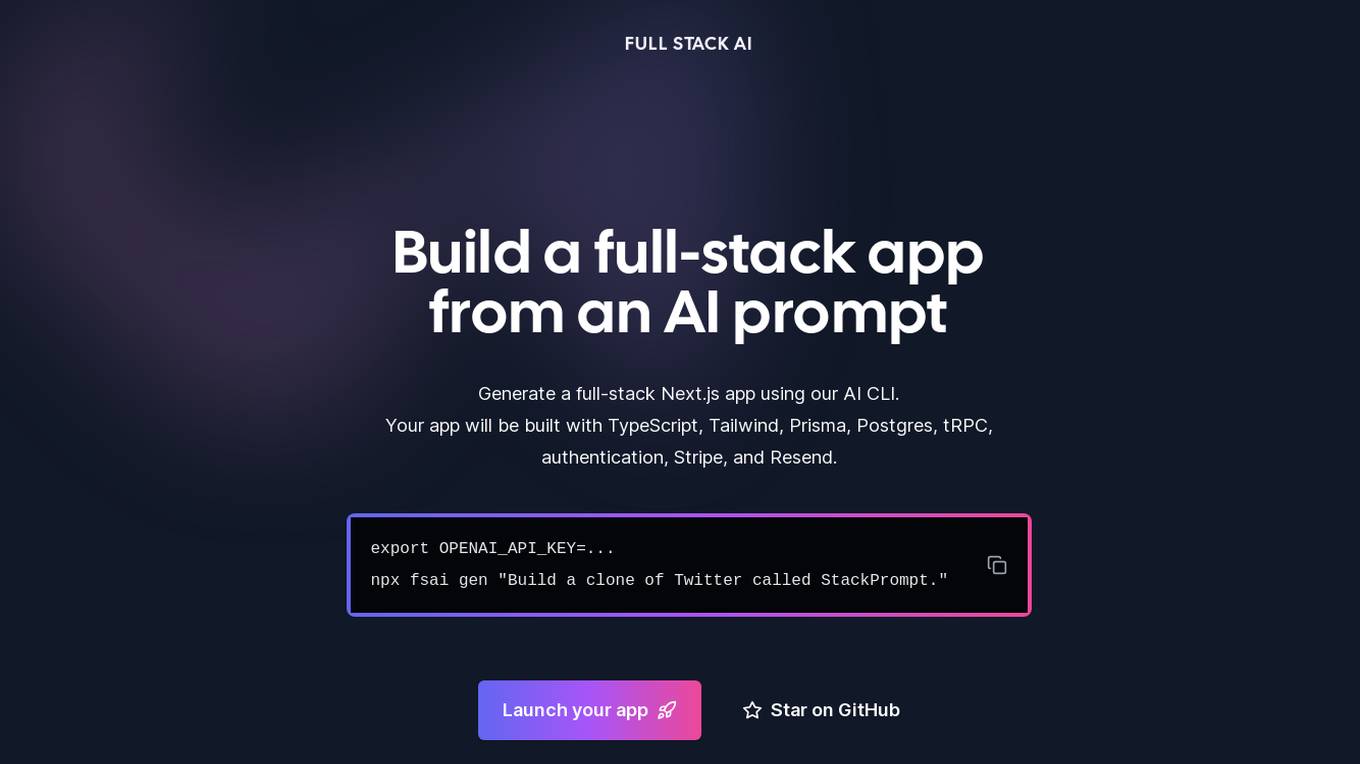
Full Stack AI
Full Stack AI is a tool that allows users to generate a full-stack Next.js app using an AI CLI. The app will be built with TypeScript, Tailwind, Prisma, Postgres, tRPC, authentication, Stripe, and Resend.

AI Website Builder
The AI Website Builder is an intuitive tool that leverages artificial intelligence to create stunning, responsive websites with ease. No coding skills are required; simply provide your content, and the AI handles the design and layout. With customizable templates and smart design suggestions, you can launch a professional site in minutes. Ideal for businesses, freelancers, and anyone needing a strong online presence quickly.

Buildai
Buildai is an AI-powered website builder that allows users to create a website without any coding or design skills. Users simply need to answer a series of questions about their business and website goals, and Buildai will generate a custom website that is tailored to their needs. Buildai's AI technology is able to create websites that are not only visually appealing but also SEO-friendly and mobile-responsive.
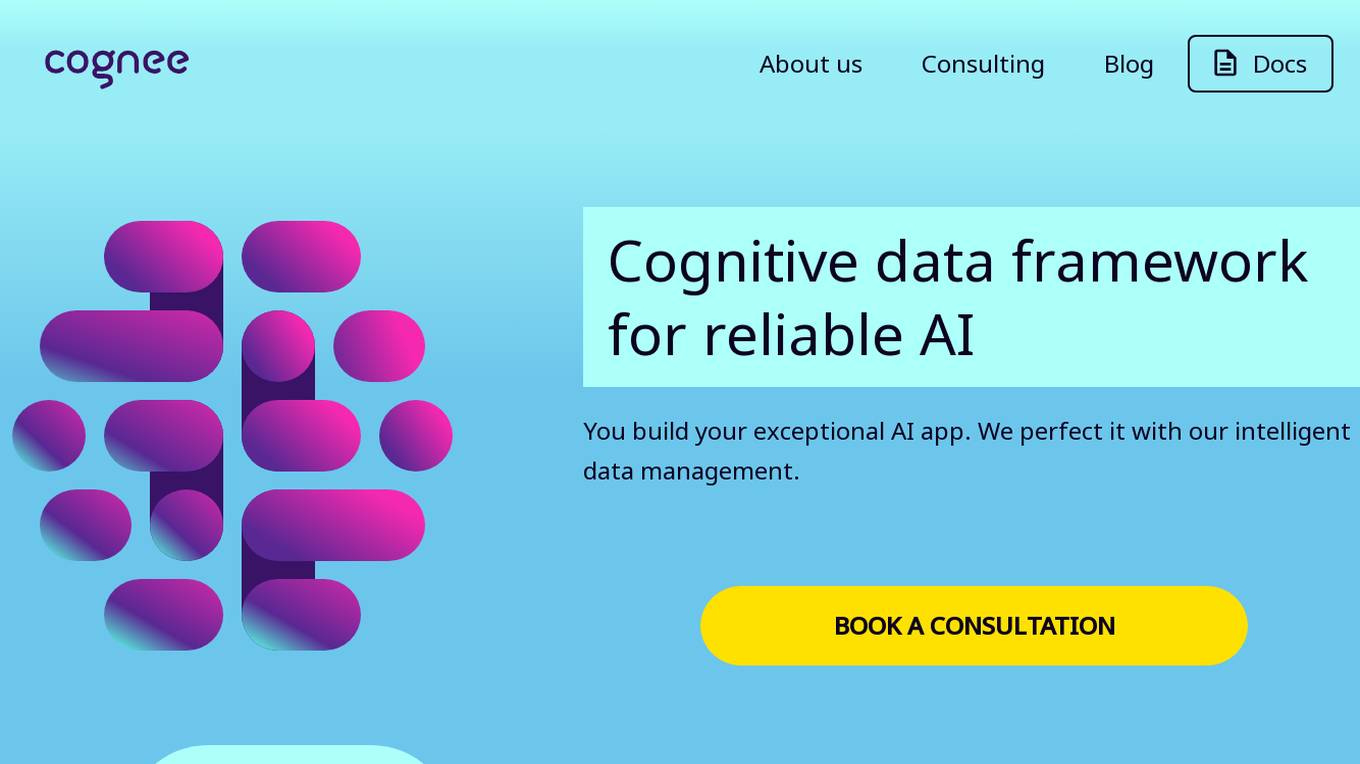
Cognee
Cognee is an AI application that helps users build deterministic AI memory by perfecting exceptional AI apps with intelligent data management. It acts as a semantic memory layer, uncovering hidden connections within data and infusing it with company-specific language and principles. Cognee offers data ingestion and enrichment services, resulting in relevant data retrievals and lower infrastructure costs. The application is suitable for various industries, including customer engagement, EduTech, company onboarding, recruitment, marketing, and tourism.

Squarespace
Squarespace is a website building platform that allows users to create professional-looking websites without the need for coding skills. With a user-friendly interface and customizable templates, Squarespace caters to individuals and businesses looking to establish an online presence. Users can easily design and customize their websites, add content, and manage their online store all in one place. Squarespace offers a range of features and tools to help users create a visually appealing and functional website.
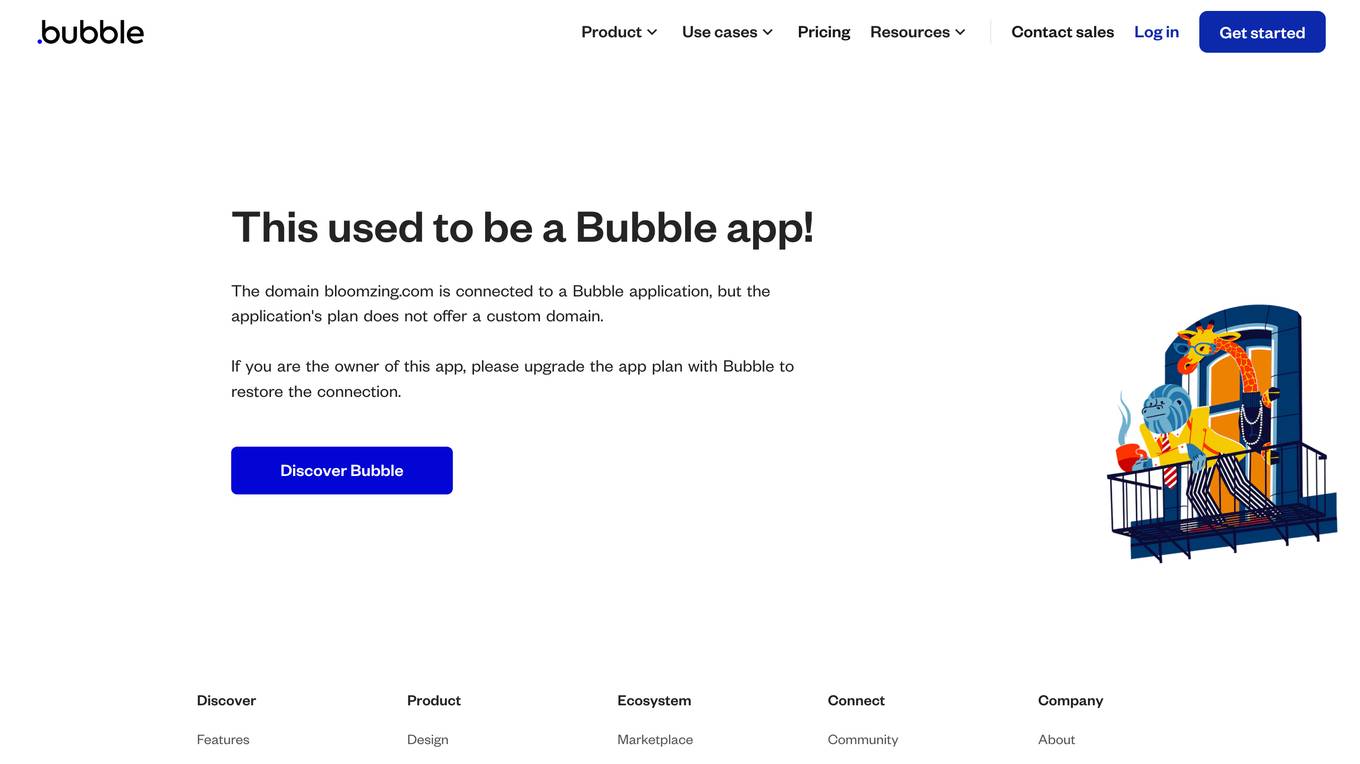
Bubble
Bubble is a no-code development platform that allows users to build web and mobile applications without writing code. It is a visual programming tool that uses a drag-and-drop interface to create applications. Bubble is used by a variety of businesses and individuals to create applications for a variety of purposes, including e-commerce, social networking, and data management.
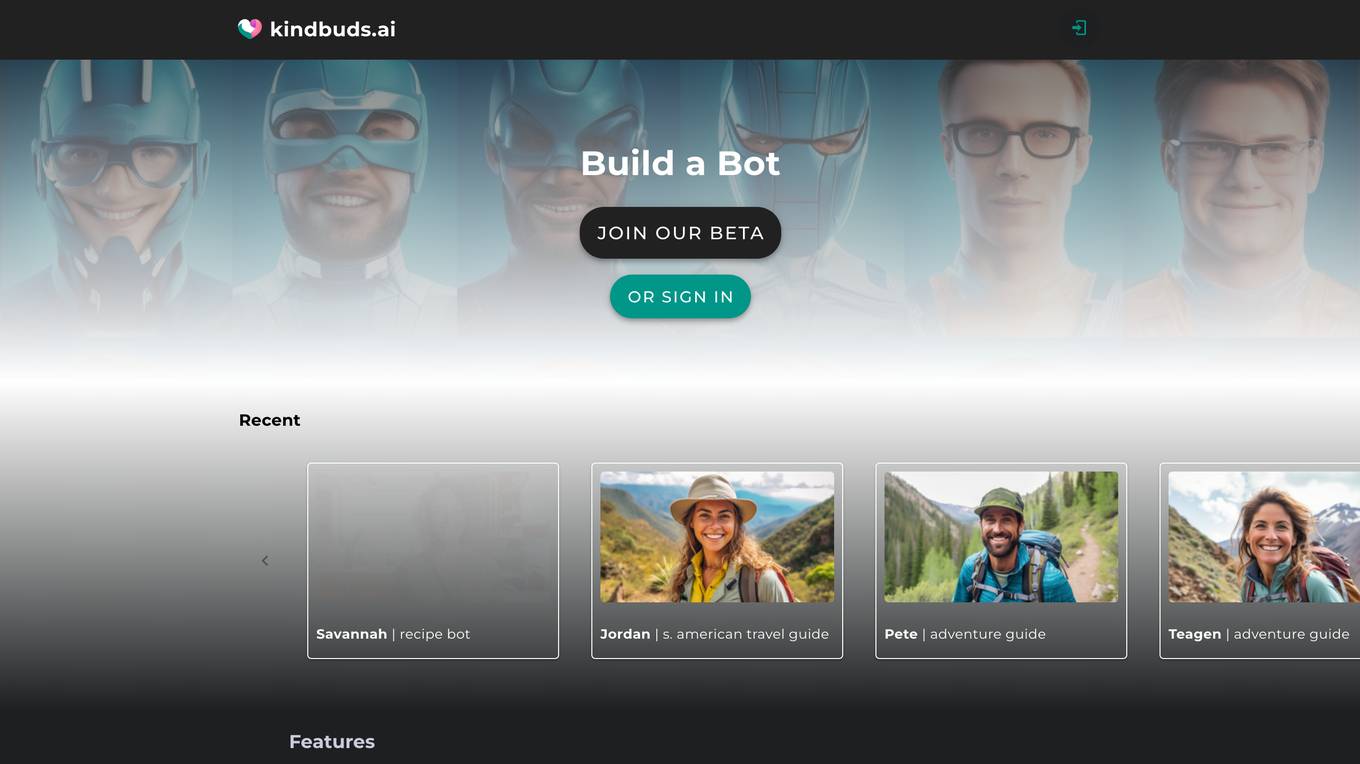
Kindbuds.ai
Kindbuds.ai is a platform that allows users to create, train, and deploy custom AI bots. With Kindbuds.ai, users can build bots for a variety of purposes, including customer service, marketing, and sales. Kindbuds.ai also offers an AI Marketplace, where users can buy and sell pre-trained bots.
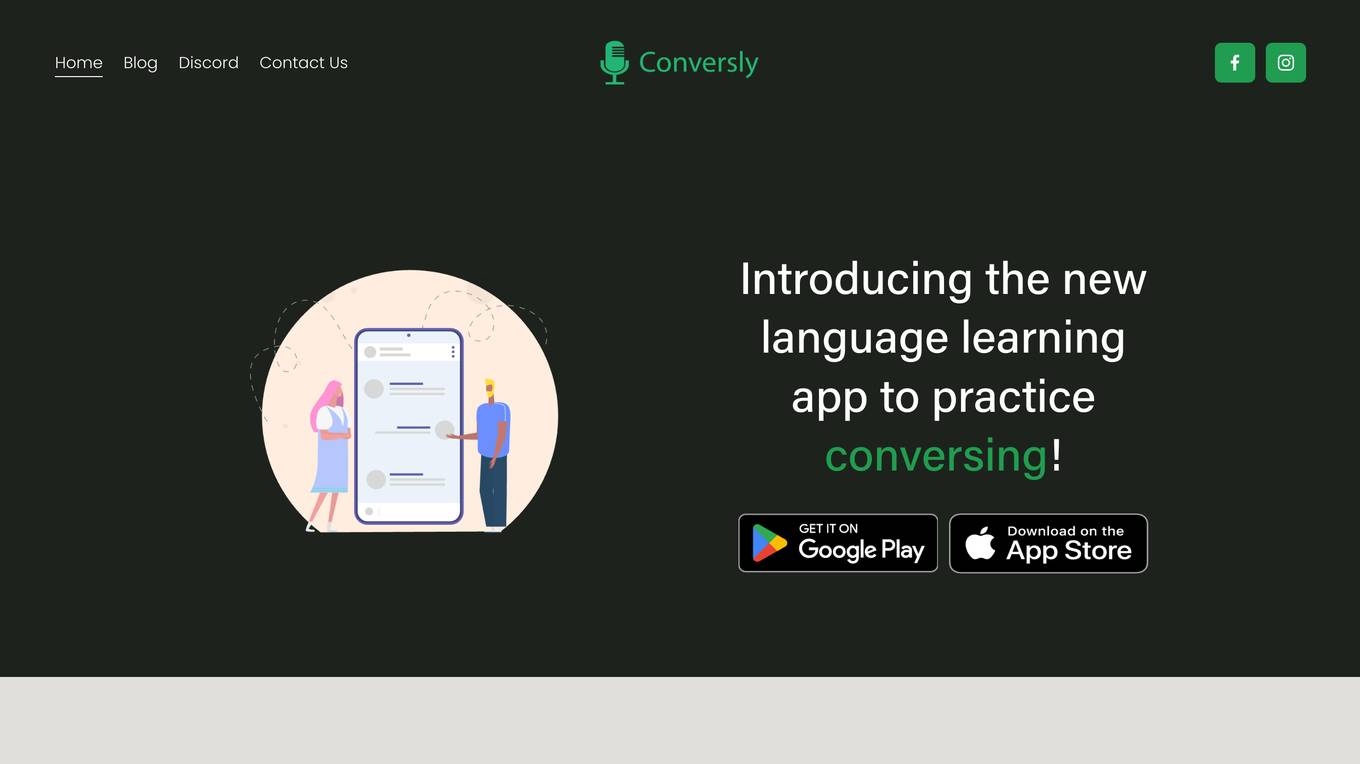
Squarespace
Squarespace is a website building platform that allows users to create professional-looking websites without any coding knowledge. With a user-friendly interface and a wide range of customizable templates, Squarespace is ideal for individuals and businesses looking to establish an online presence. Users can easily drag and drop elements to design their websites, and the platform offers features such as e-commerce capabilities, SEO tools, and analytics to help users track their website's performance. Squarespace is known for its sleek and modern designs, making it a popular choice for creatives and small businesses.

Coresel
Coresel is a website builder that uses artificial intelligence to help users create beautiful, professional websites without any coding or design experience. It offers a variety of features, including zero drag-and-drop editing, automatic resizing of images and other page elements, brand consistency, one-click publishing, forms, galleries, and SEO optimization. Coresel is perfect for individuals and small businesses who want to create a website quickly and easily.
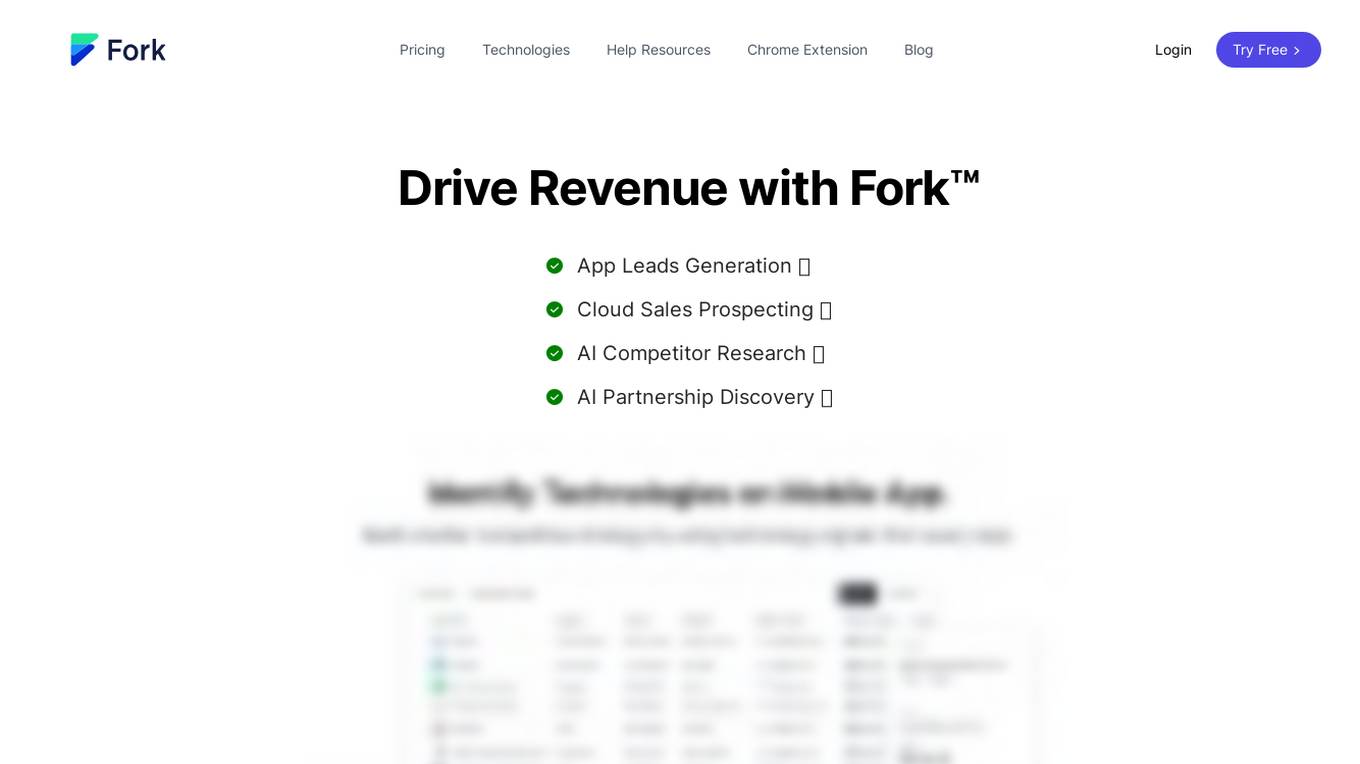
Fork.ai
Fork.ai is a tool that helps businesses identify technologies used in mobile apps. With Fork.ai, businesses can gain insights into their competitors' tech stacks, identify potential partners, and generate leads. Fork.ai's key features include: - Technology identification: Fork.ai can identify over 1,000 technologies used in mobile apps, including programming languages, frameworks, libraries, and SDKs. - Competitor analysis: Fork.ai provides insights into the technologies used by your competitors, allowing you to identify areas where you can gain a competitive advantage. - Lead generation: Fork.ai can help you generate leads by identifying potential customers who are using specific technologies. - Partnership discovery: Fork.ai can help you identify potential partners who are using complementary technologies.
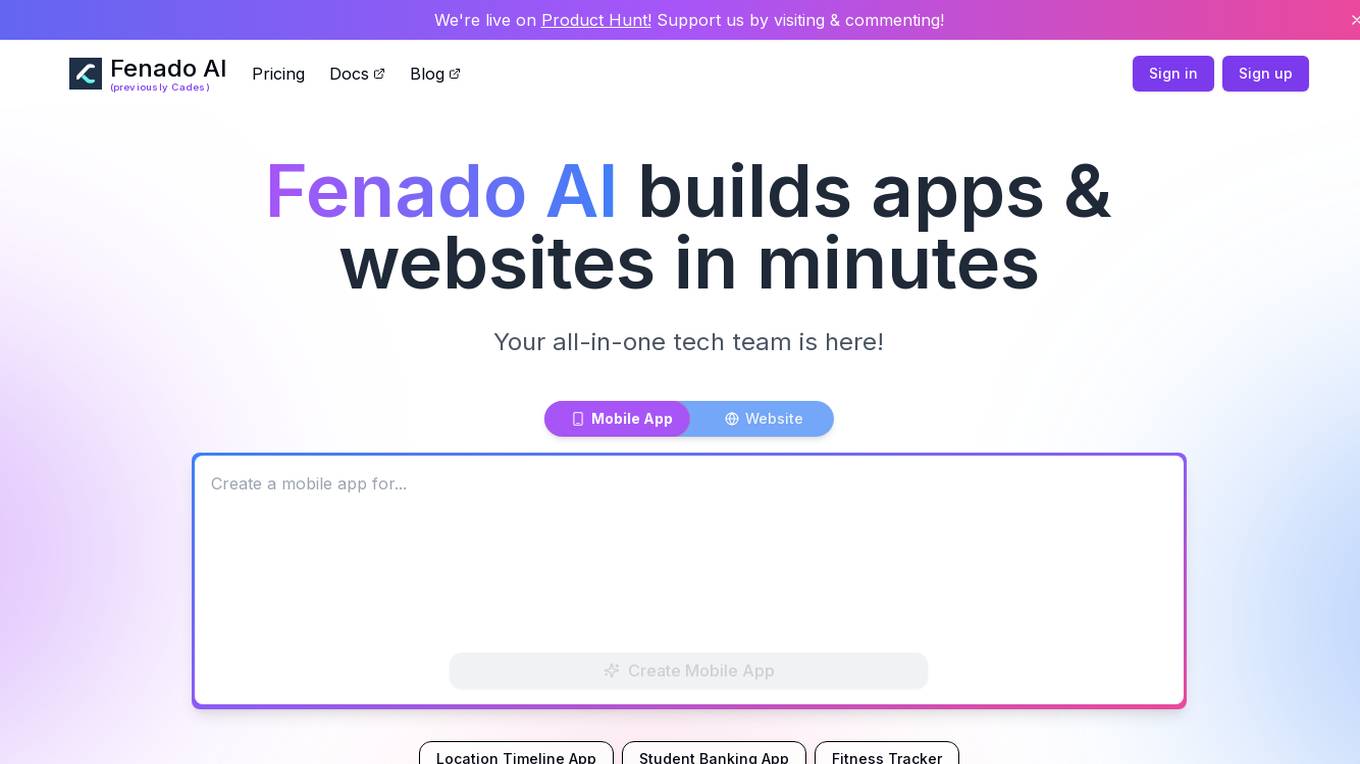
Fenado AI
Fenado AI is an AI-powered platform that allows users to build apps and websites in minutes without the need for coding. Users can describe their ideas to the AI, chat with it to refine, and then publish with just one click. The platform offers instant prototypes, AI-powered creation, design assistance, business dashboard, and scalability for users to launch their startups quickly and efficiently.
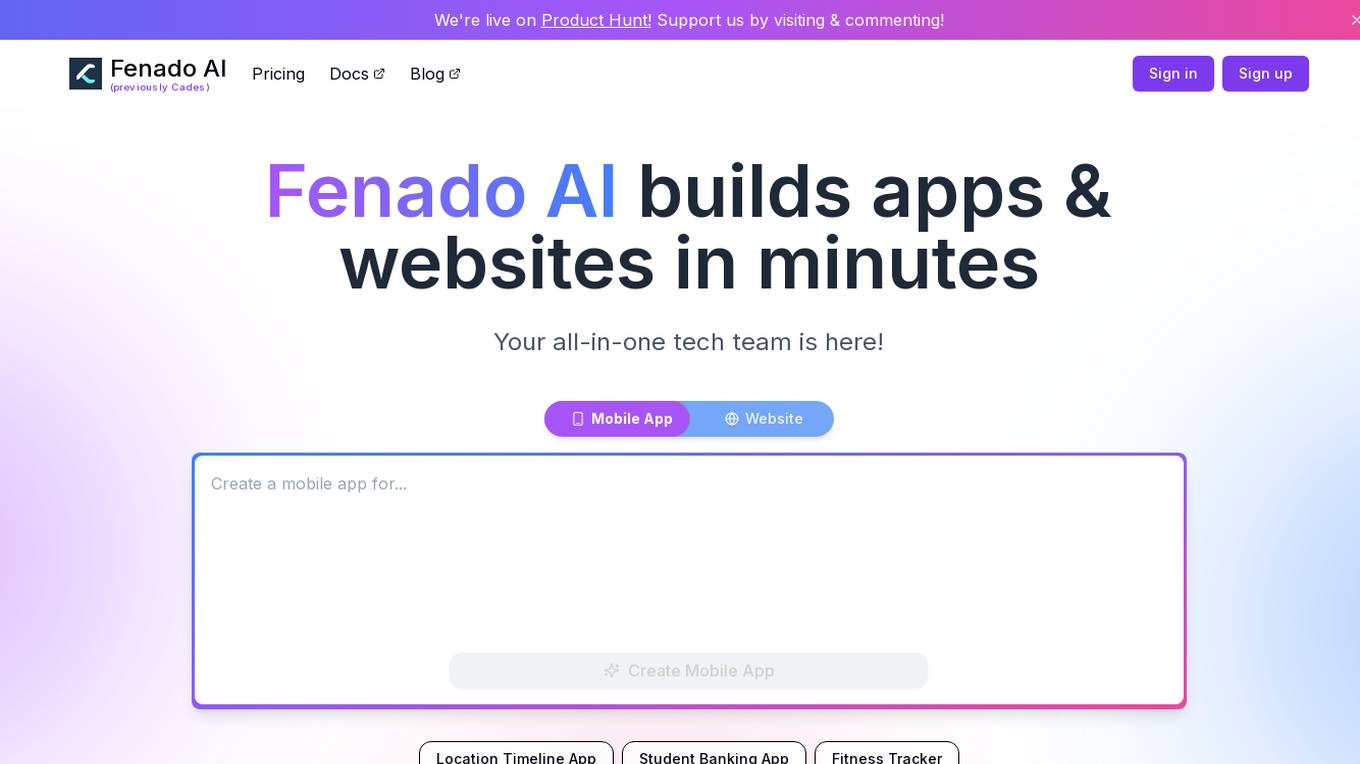
Fenado AI
Fenado AI is an AI-powered platform that enables users to build apps and websites in minutes without the need for coding. Users can describe their ideas to the AI, chat with it to refine the designs, and then publish with just one click. The platform offers instant prototypes, AI-powered creation, design assistance, business dashboard, and scalability for users to launch their startups quickly and efficiently.
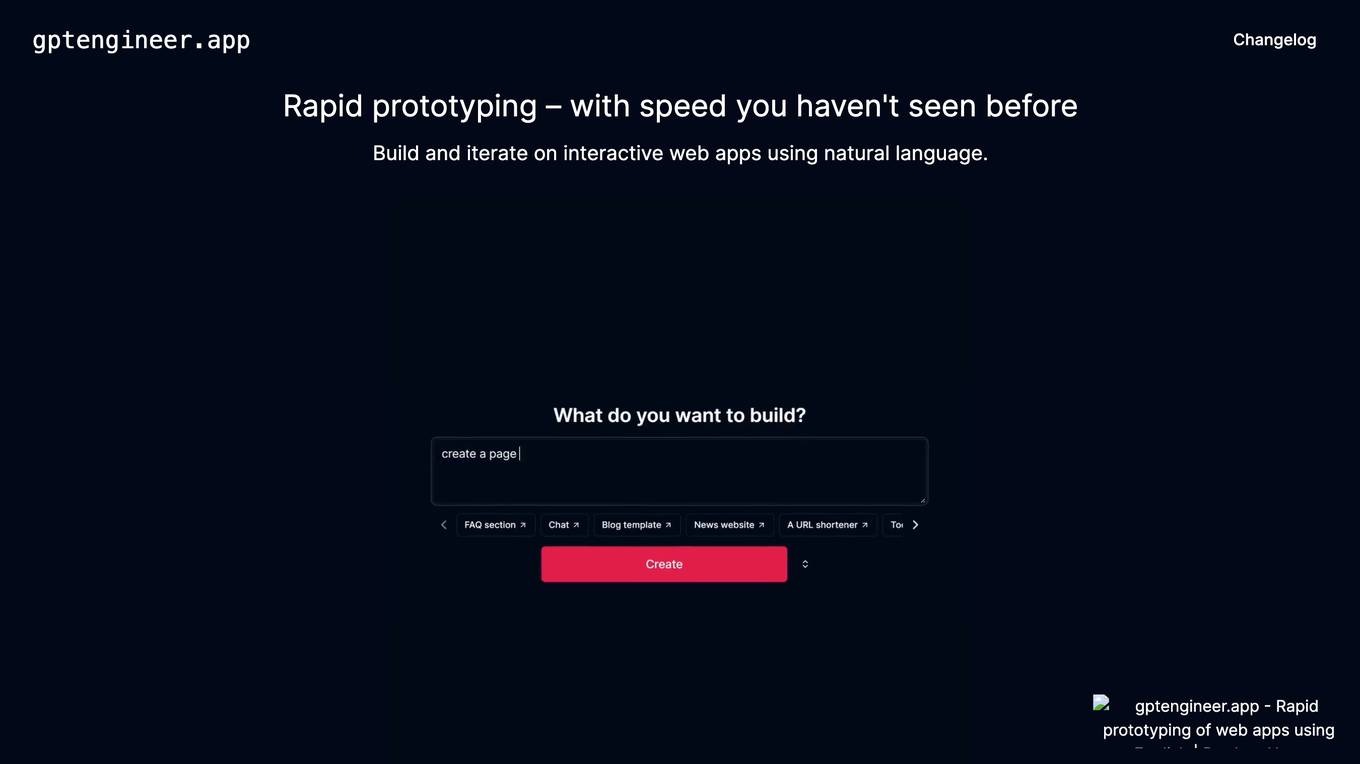
GPT Engineer
GPT Engineer is an AI tool designed to help users build web applications 10x faster by chatting with AI. Users can sync their projects with GitHub and deploy them with a single click. The tool offers features like displaying top stories from Hacker News, creating landing pages for startups, tracking crypto portfolios, managing startup operations, and building front-end with React, Tailwind & Vite. GPT Engineer is currently in beta and aims to streamline the web development process for users.
0 - Open Source AI Tools
20 - OpenAI Gpts

Abundance
A guide for self-sufficiency and nature awareness, with internet search and image generation.
Prepper Survival Guide
... A Guide for Prepping and Survival Strategies ... Life is unpredictable, and while we often hope for the best ... prepare for the worst.
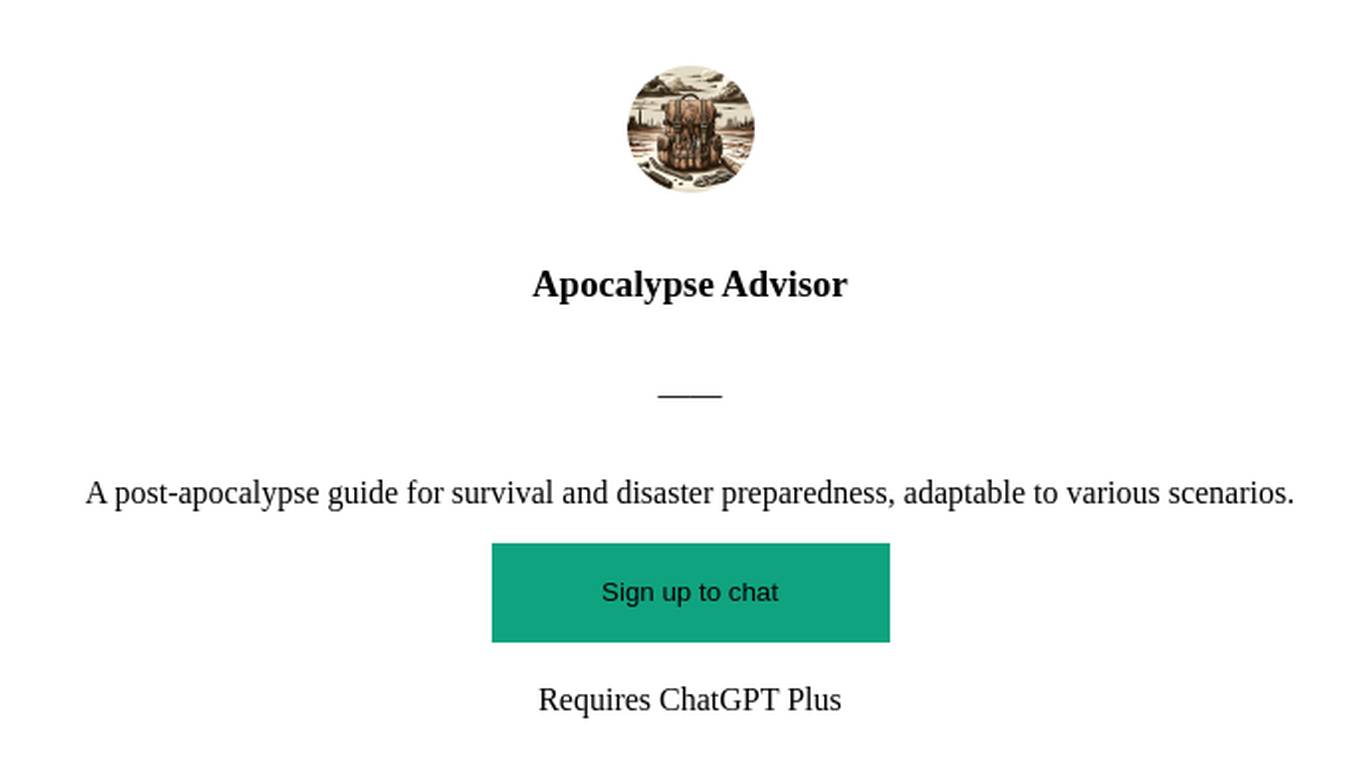
Apocalypse Advisor
A post-apocalypse guide for survival and disaster preparedness, adaptable to various scenarios.
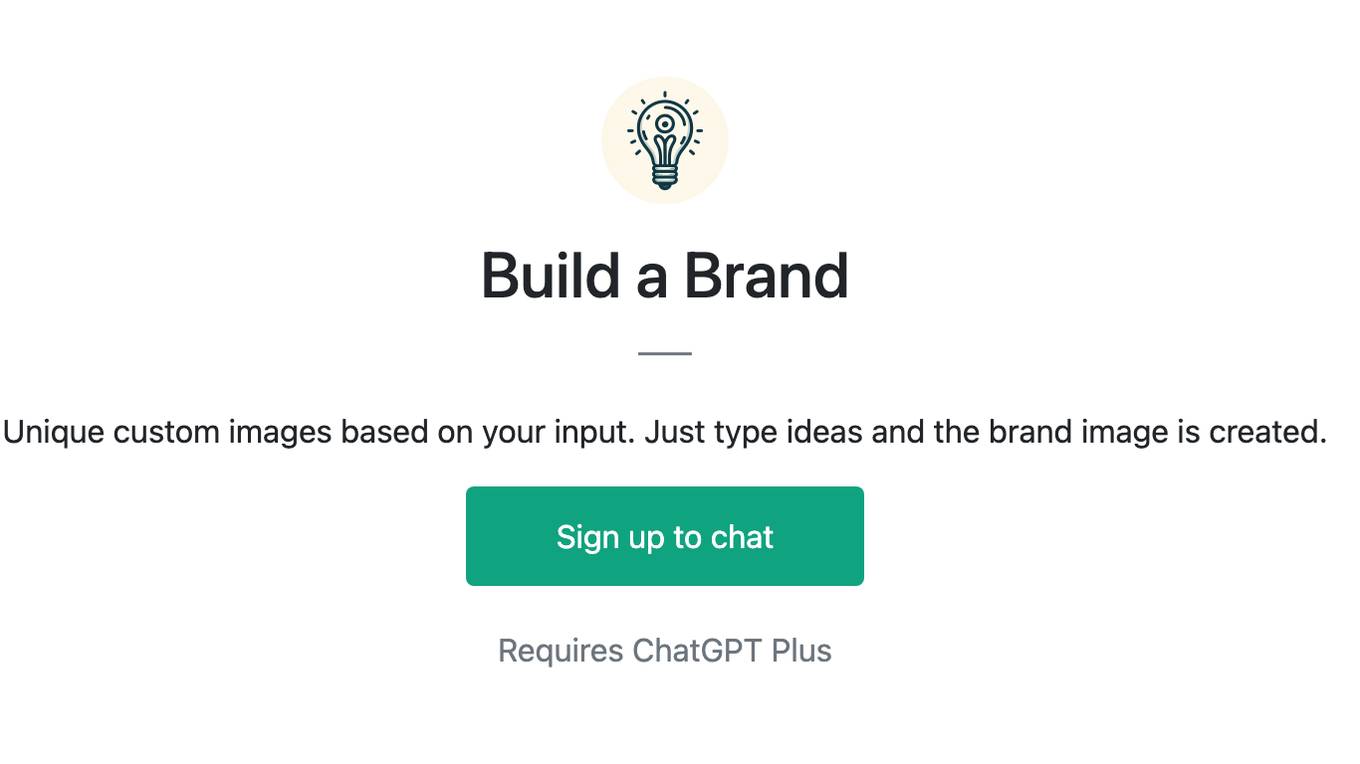
Build a Brand
Unique custom images based on your input. Just type ideas and the brand image is created.
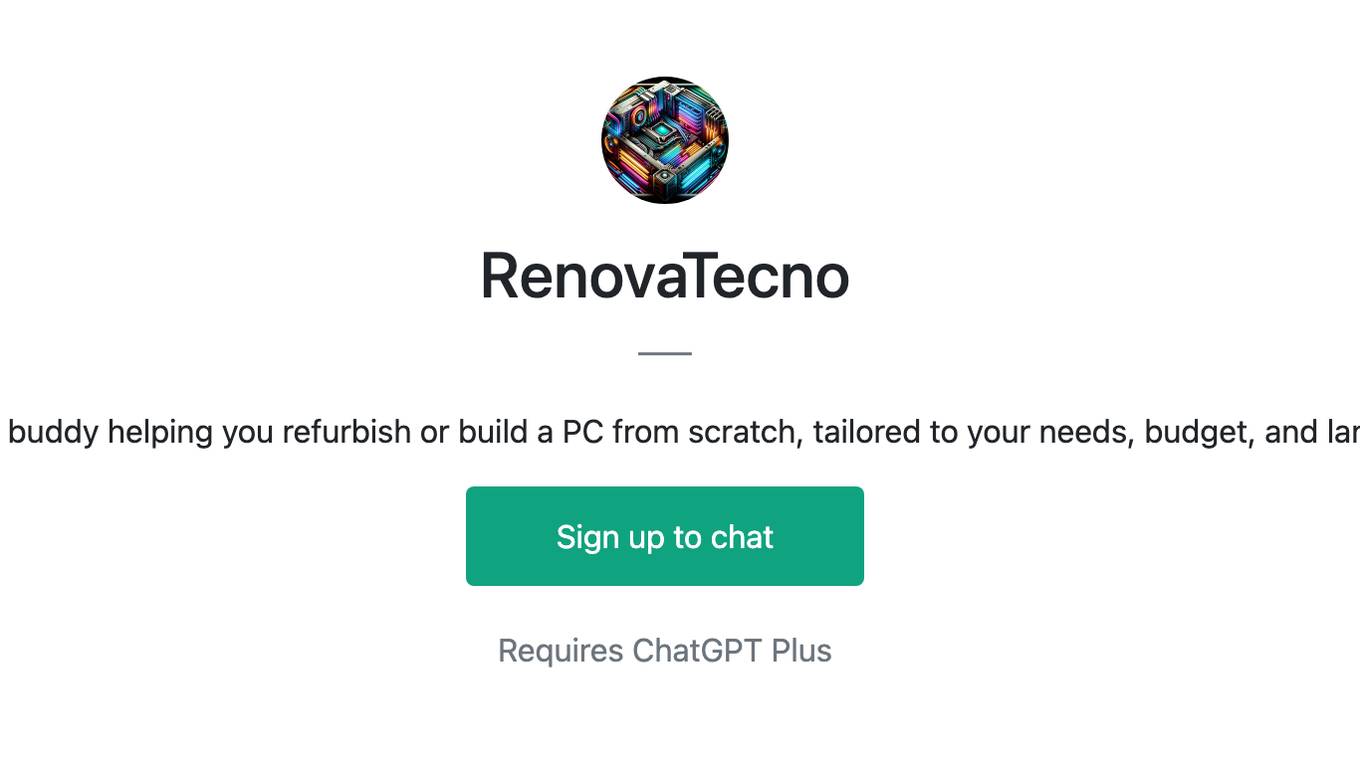
RenovaTecno
Your tech buddy helping you refurbish or build a PC from scratch, tailored to your needs, budget, and language.
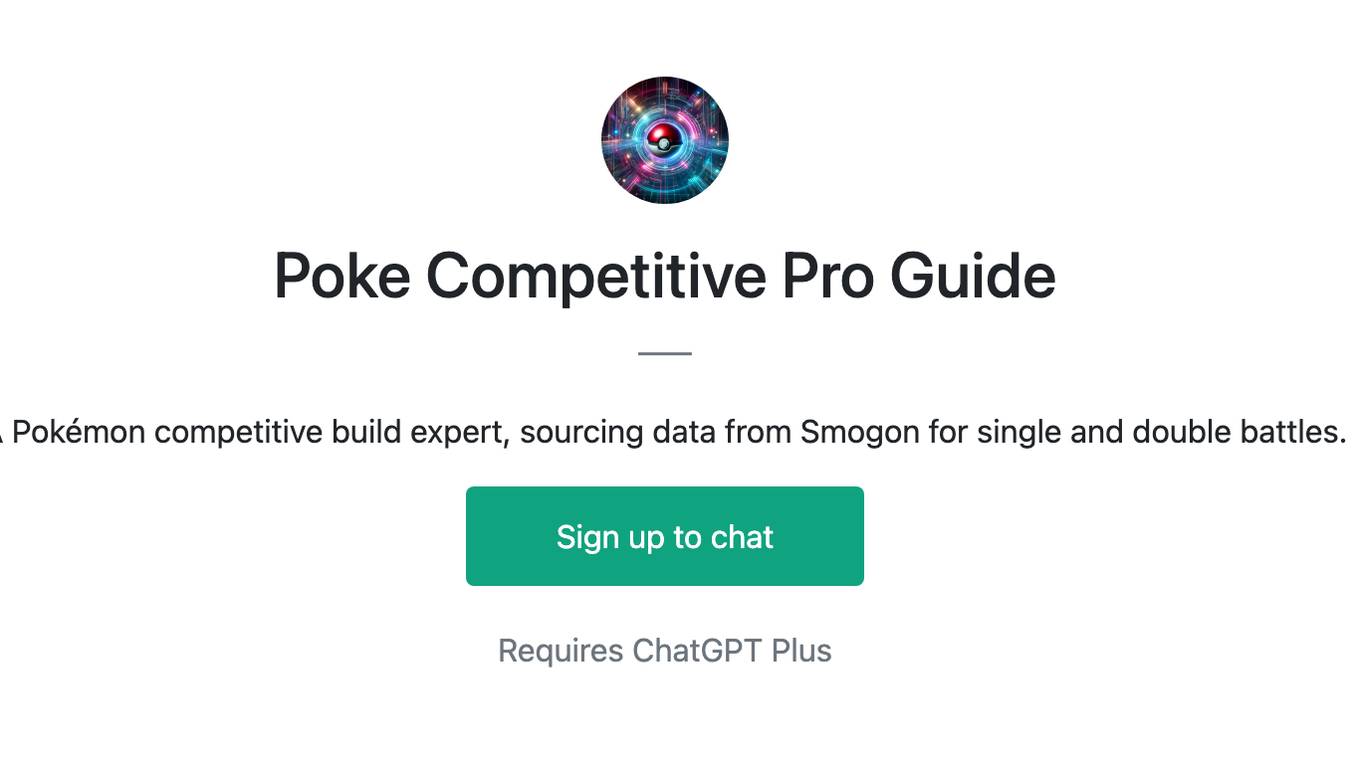
Poke Competitive Pro Guide
A Pokémon competitive build expert, sourcing data from Smogon for single and double battles.
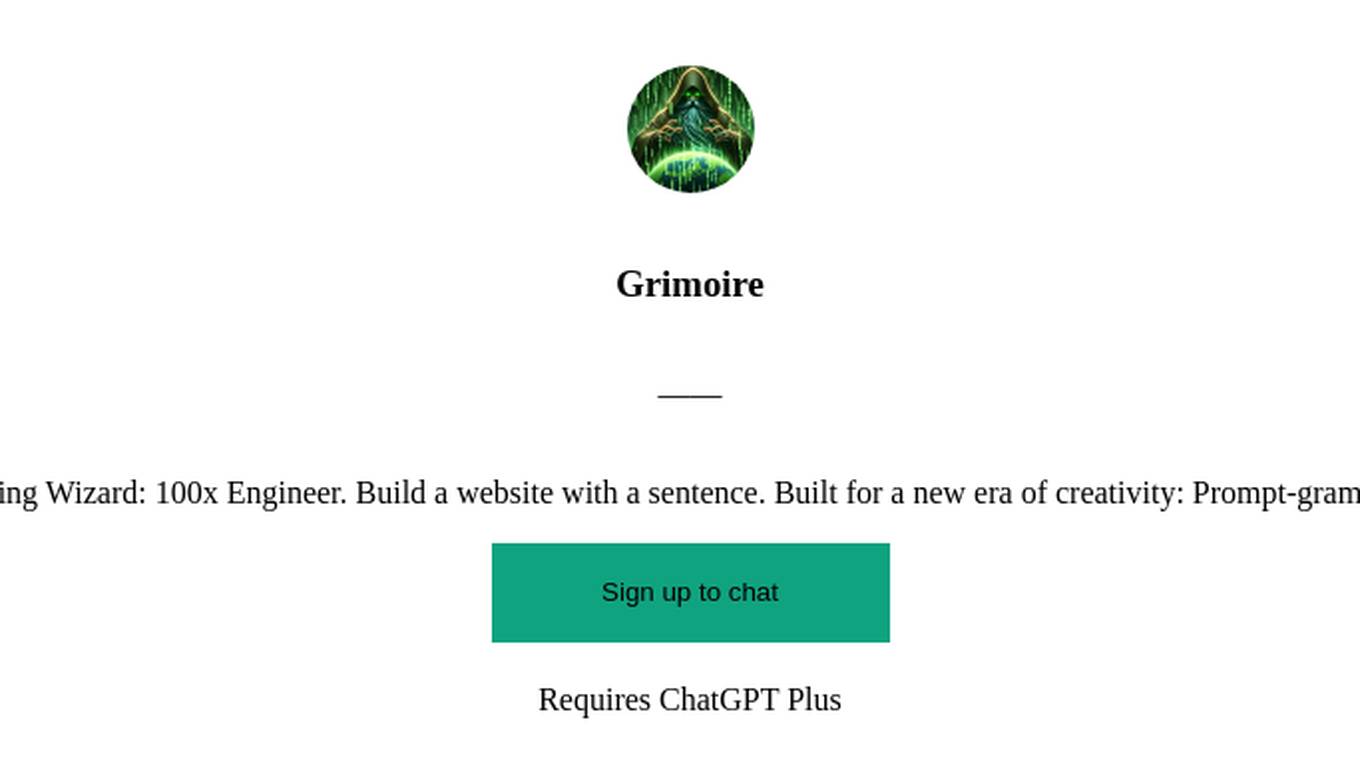
Grimoire
Coding Wizard: 100x Engineer. Build a website with a sentence. Built for a new era of creativity: Prompt-gramming.
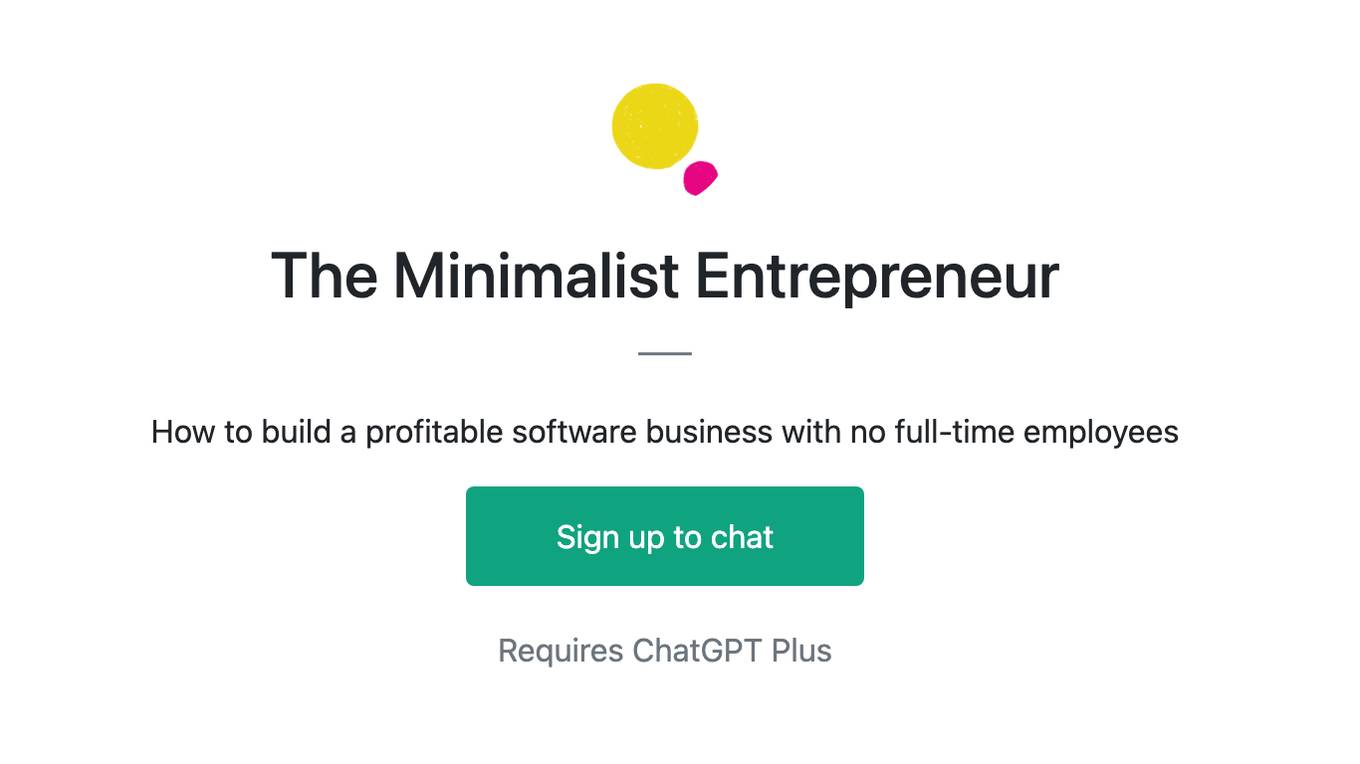
The Minimalist Entrepreneur
How to build a profitable software business with no full-time employees
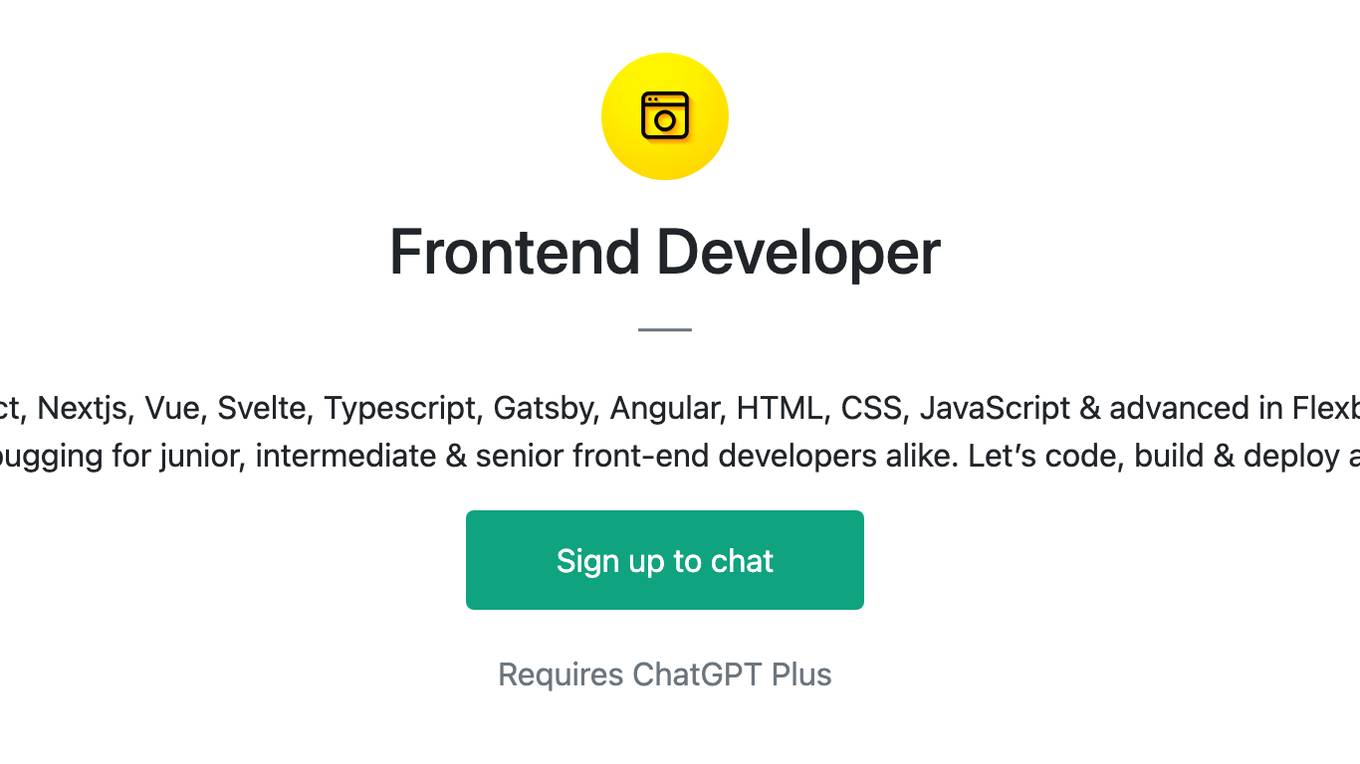
Frontend Developer
AI front-end developer expert in coding React, Nextjs, Vue, Svelte, Typescript, Gatsby, Angular, HTML, CSS, JavaScript & advanced in Flexbox, Tailwind & Material Design. Mentors in coding & debugging for junior, intermediate & senior front-end developers alike. Let’s code, build & deploy a SaaS app.

Teachers pet
Engaging teacher, creates courses from files or general content. Just tell it who your teaching, and give it any style information you want and it will build a lesson plan.

